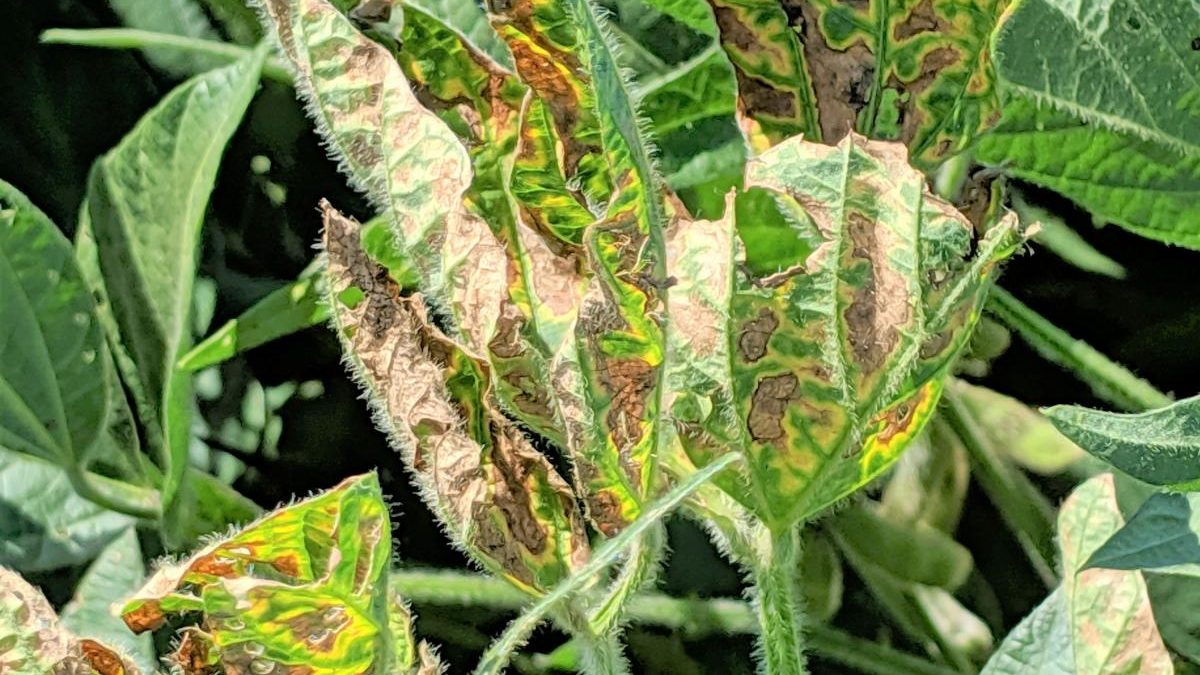Soybean Sudden Death Syndrome Is Here. Manage It Carefully.

Sudden Death Syndrome has been spreading north into South Dakota, Minnesota (south of Ottertail County) and North Dakota (Richland County). SDS is one of the leading yield-limiting soybean diseases in North America.
What Is It?
Sudden Death Syndrome (SDS) is a soybean disease caused by a soil-borne fungus. SDS rears its ugly head in the form of root rot, leaf lesions and discoloration.
The fungus overwinters in the soil, and in corn and soybean crop residue. A young soybean plant can be infected shortly after germination—especially in cool, wet soils. The pathogen then moves up the plant as it grows, showing symptoms in the stems and leaves.
Managing Sudden Death Syndrome
- Choose SDS resistant, high-yielding and defensive soybean varieties. In our line-up that includes 21X14N (RR2X), 1918B (LLGT27), 2110E (Enlist E3), 2014E (Enlist E3) and 2120E (Enlist E3).
- Choose high quality seed – seed with more vigor and germination emerges more quickly. The sooner that plant gets into the sun and doesn’t “sit” in the seed bed, the sooner it will be able to stand against potential infection.
- Fungicide – Foliar fungicides are not effective since the fungus remains in the root system. Consider a fungicidal seed treatment.
- Limit soil compaction and crop residue – Compacted soil has less porosity and more water holding ability to favor the pathogen/infection. Crop residue aids in winter survival.
- Manage soybean cyst nematode and limit moving soil from one field to another to limit the spread of the pathogen.


Unfortunately, there is not much that can be done once the plant starts showing symptoms for Sudden Death Syndrome, so prevention is key to managing this disease. Work with your Peterson Farms Seed dealer when making your seed placement plan.
SDSU Extension has a great article on this topic. Learn more here.











